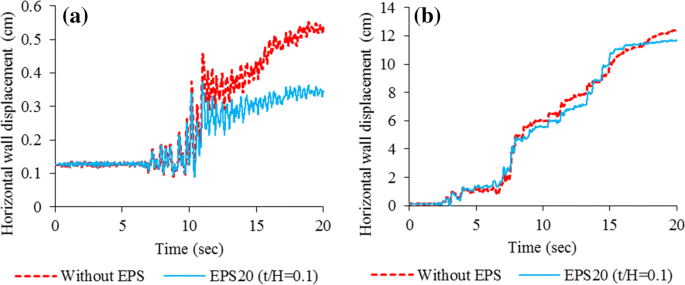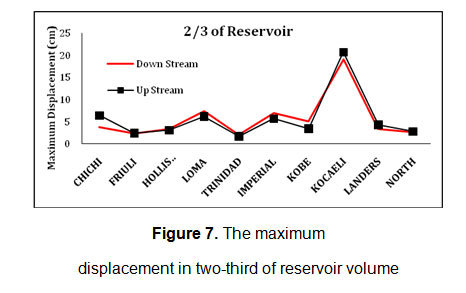

The results indicated that structural damage modified its fundamental frequency Yavari et al. tested two 2-storey RC structures with one bay in each direction under earthquake loading.

tested two full-scale 3-storey RC structures with flat slab under pseudodynamic loading and concluded that the deformations mainly concentrated in the slab-column connections and column bases Bousias et al. The experiment on the seismic performance of frame structures is the most direct method to study the failure rule, and a large number of experiments have been carried out. Researches on collapse assessment have been developed on several respects during last decades. The main goal of this study is to present a methodology for evaluating the collapse state of deteriorating reinforced concrete frame structures and then studying the failure mechanism.


The aforementioned problems have been attributed to the lack of perception in structural damage evolution rule and failure mechanism and then defining the collapse as an acceptable storey drift or a limit value of individual component deformation, but this assumption could not reflect the fact that the capacity of global structure to resist deformation is significantly greater than that of individual members. Protection has been the major target of seismic design as collapse being the main reason for casualties and property losses thus, reasonable provisions and constructional measures have been given in current building codes and standards to alleviate seismic damage and prevent structural collapse, but frame structures still suffer severe damage even designed according to modern building codes strictly. Structural collapse refers to the loss of capacity to resist gravity loads and dynamic instability in a side-way mode when subjected to seismic excitation, which is usually caused by the deterioration in stiffness and strength of components and P-Δ effects.


 0 kommentar(er)
0 kommentar(er)
